Featured
Does The Keystone Pipeline Cross Indian Land
TransCanadas plan to dig a trench and bury part of its 7 billion 1700-mile Keystone XL pipeline right through this land has unearthed a host of Native American opposition resentments and. These lands are protected by treaties signed between the US.
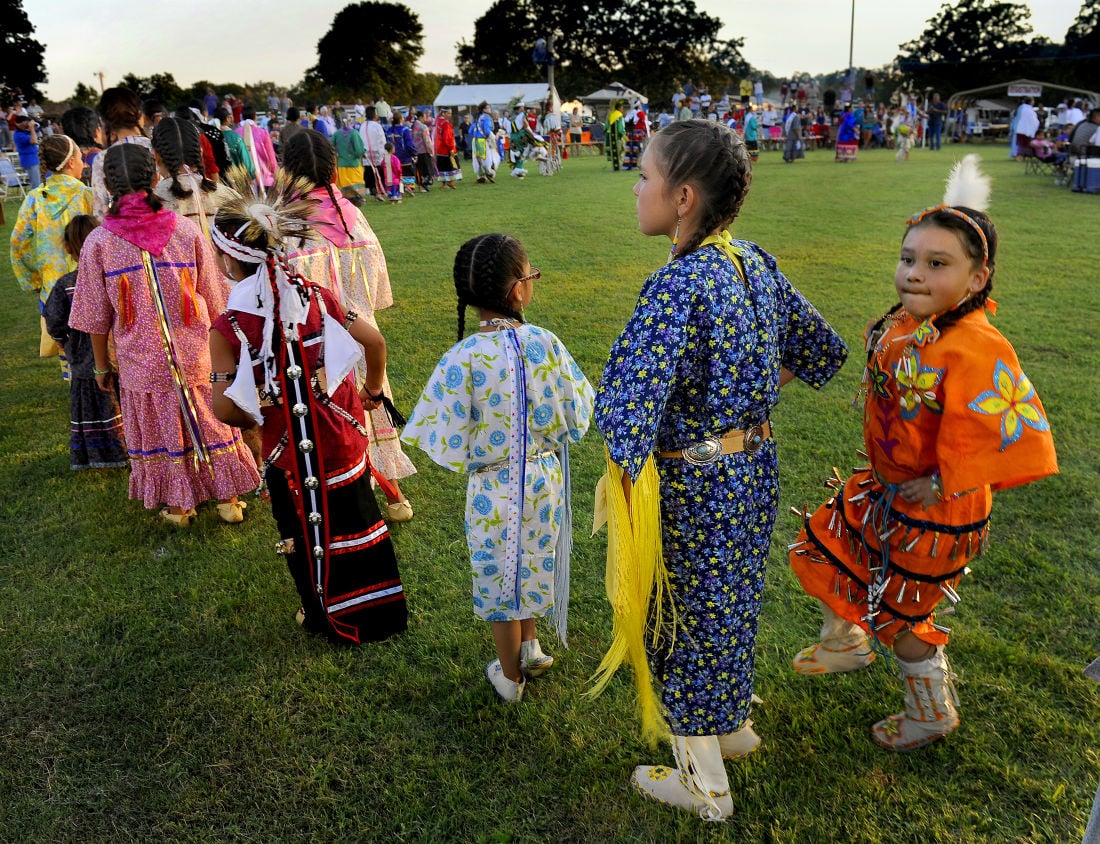 Keystone Pipeline S Path Cuts Across Native American Land History Mankatofreepress Com
Keystone Pipeline S Path Cuts Across Native American Land History Mankatofreepress Com
Border to refineries in the southern US.

Does the keystone pipeline cross indian land. The route does not cross the Standing Rock Indian Reservation. TransCanada Filing Confirms Pipeline Will Cross Indian Land. Native American groups want more.
Wednesday January 27 2021. The Fort Belknap Indian Community and Rosebud Sioux Tribe represented by the Native American Rights Fund continued their fight against the illegal permitting of the Keystone XL Pipeline with two filings in. The trust process was created to return land to tribes after reservation land was taken by the government.
The Dakota Access pipeline does not cross any Native American land. The Keystone Pipeline System is an oil pipeline system in Canada and the United States commissioned in 2010 and owned by TC Energy and as of 31 March 2020 the Government of Alberta. In South Dakota TransCanada threaded its way in between the seven major reservations that.
Indigenous environmental rights groups and some tribes along the pipeline. Furthermore 9998 of the pipeline is installed on privately owned property in North Dakota South Dakota Iowa and Illinois. These lands are Indian lands.
The proposed pipeline would run for 1179 miles from southern Alberta to the Gulf of Mexico crossing through six states and the territories of numerous tribes from the Dene and Creek Nations to. Department of the Interior. We refuse to sacrifice our water for the sake of a Canadian oil company he said at a rally in Billings on October 29 2019.
Additionally the pipeline does not enter the Standing Rock Sioux reservation at any point or cross any land owned by the tribe. Winning support in Indian country is one of the last hurdles for the project which is touted as a key to North American energy security. TransCanadas plan to dig a trench and bury part of its 7 billion 1700-mile Keystone XL pipeline through Indian Country unearthed a host of Native opposition resentments and ghosts of.
And the Great Sioux Nation. The planned pipeline expansion would traverse Native American lands. But the private land making up the pipeline corridor just north of the reservation is part of the tribes ancestral homeland.
Because the pipeline does not cross the reservation the tribes will not receive revenue from it. Biden kept his promise to cancel Keystone XL. Canceling the Keystone XL pipeline was Bidens first move.
But the reservations drinking water source is an intake on the Missouri River 57 miles downstream. P roponents of the 38 billion Dakota Access pipeline say the Native American tribe protesting the project isnt all that hung up on whether the pipeline will use sacred land. It runs from the Western Canadian Sedimentary Basin in Alberta to refineries in Illinois and Texas and also to oil tank farms and an oil pipeline distribution center in Cushing Oklahoma.
TransCanadas plan to dig a trench and bury part of its 7 billion 1700-mile Keystone XL pipeline right through this land has unearthed a host of Native American opposition resentments and ghosts of the past. In his first day in office President Joe Biden revoked the permit for the controversial Keystone XL Pipeline which wouldve transported crude oil from Alberta Canada to the Gulf Coast. The US did not adequately review the pipelines proposed route and whether it crosses tribal territory.
Frank Smith displays a printout of where the Keystone XL pipeline would cross in the regionthe small circles are burial sites or grounds sacred to the tribes that live in. If and when TransCanada provides sufficient maps of the pipelines route we expect that we will see even more affected tribal lands. The pipeline is designed to carry tar sands oil mined in Canada across the US.
President Kevin Killer of the Oglala Sioux Tribe which is a plaintiff in one of the lawsuits noted The KXL Pipeline was set to take course through the original treaty lands of the Oceti Sakowin also known as the Great Sioux Nation. Though Keystone XL is not slated to cross the Fort Belknap or Rosebud Sioux reservations it does cross off-reservation tribal land held in trust by the US. What we have seen in these recent filings is that TransCanadas Keystone XL pipeline route crosses Rosebud-controlled lands stated NARF Staff Attorney Natalie Landreth.
Native American groups want more. In other states TransCanadas route for the Keystone XL pipeline neatly avoids Native American lands.
 We Will Be Waiting Tribe Says Keystone Xl Construction Is Not Welcome Inside Climate News
We Will Be Waiting Tribe Says Keystone Xl Construction Is Not Welcome Inside Climate News
 Biden Cancels Keystone Xl Pipeline Tribal Members In Montana React
Biden Cancels Keystone Xl Pipeline Tribal Members In Montana React
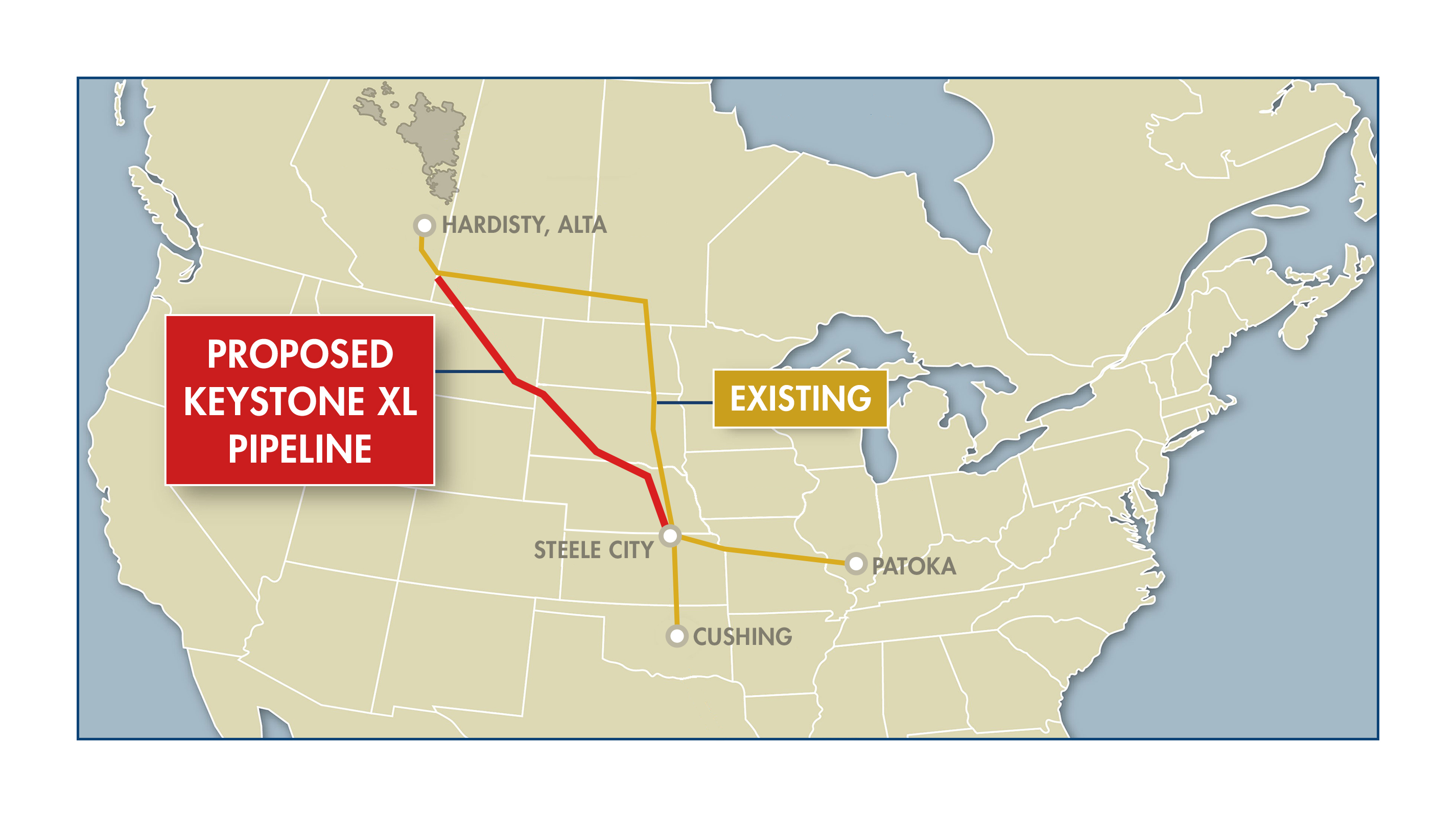 Opponents Of Keystone Xl Pipeline Watch Legal Developments Happy Construction On Hold The Daily Universe
Opponents Of Keystone Xl Pipeline Watch Legal Developments Happy Construction On Hold The Daily Universe
Fort Peck Tribes Fight Keystone Xl By Mountain West News Mountain West News
 Rosebud Sioux And Fort Belknap File Suit Against Keystone Xl Native American Rights Fund Native American Rights Fund
Rosebud Sioux And Fort Belknap File Suit Against Keystone Xl Native American Rights Fund Native American Rights Fund
 South Dakota Tribes Applaud Cancellation Of Keystone Xl Pipeline Thune Decries Bad Decision
South Dakota Tribes Applaud Cancellation Of Keystone Xl Pipeline Thune Decries Bad Decision
Dakota Access Pipeline Explained What You Need To Know About The Pipeline Protests And Impact Ctv News
 Native Sun News Tribes United Against Keystone Xl Pipeline
Native Sun News Tribes United Against Keystone Xl Pipeline
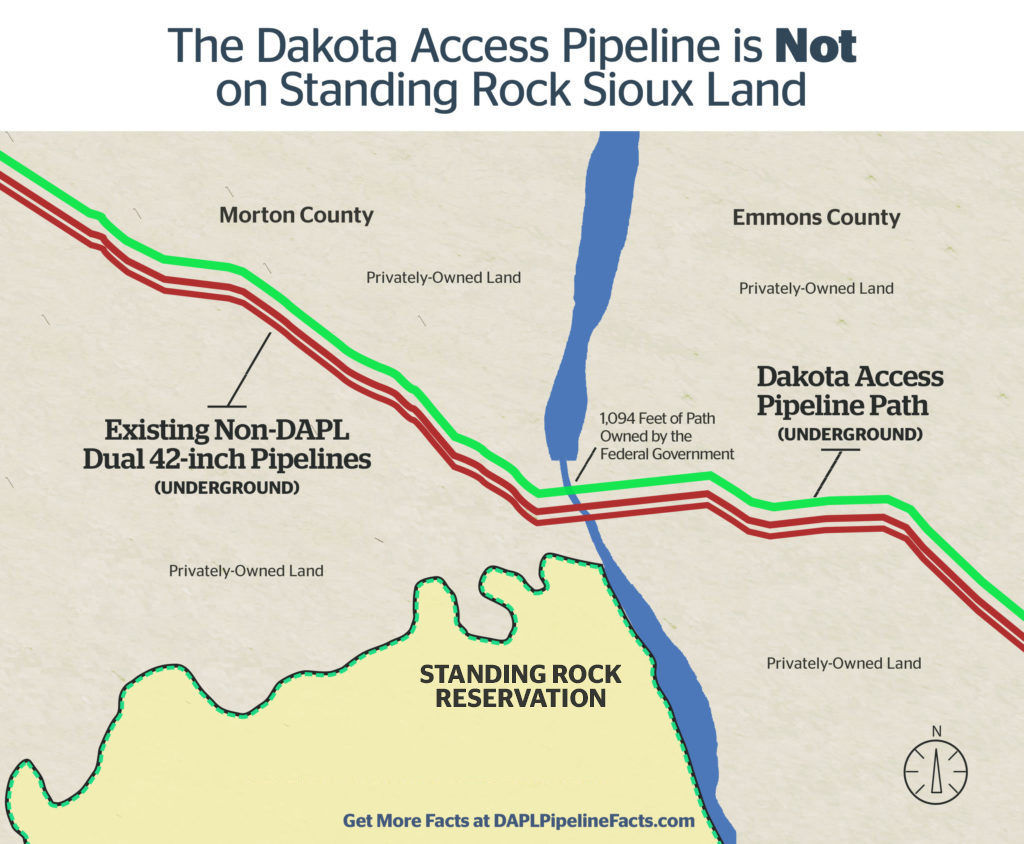 The Facts Dakota Access Pipeline Facts
The Facts Dakota Access Pipeline Facts
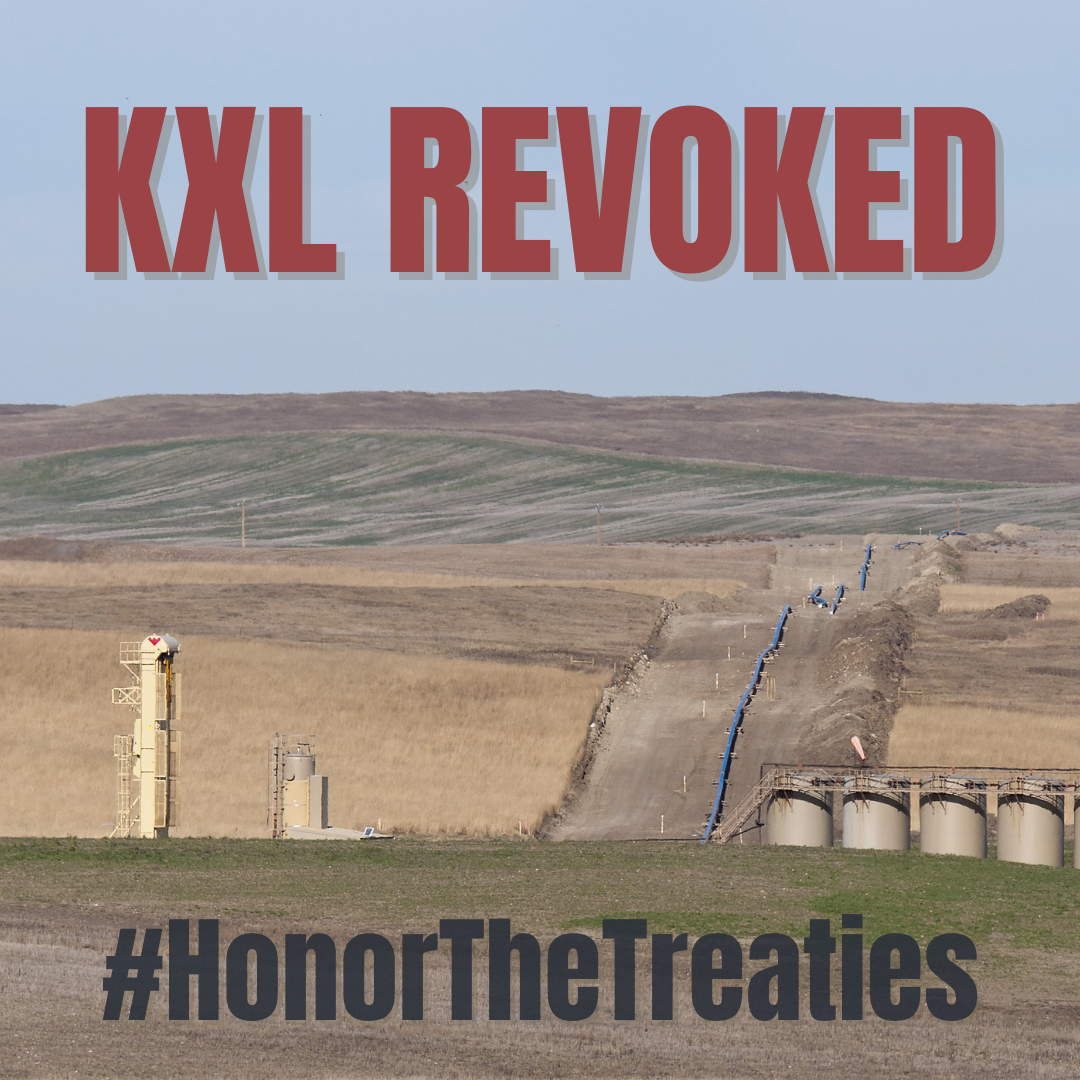 Rosebud Sioux And Fort Belknap File Suit Against Keystone Xl Native American Rights Fund Native American Rights Fund
Rosebud Sioux And Fort Belknap File Suit Against Keystone Xl Native American Rights Fund Native American Rights Fund
 Native Americans Fight Keystone Xl S Impact On Tribal Lands
Native Americans Fight Keystone Xl S Impact On Tribal Lands
 A Perilous Pipeline Indigenous Groups Line Up Against Keystone Xl Cbc News
A Perilous Pipeline Indigenous Groups Line Up Against Keystone Xl Cbc News
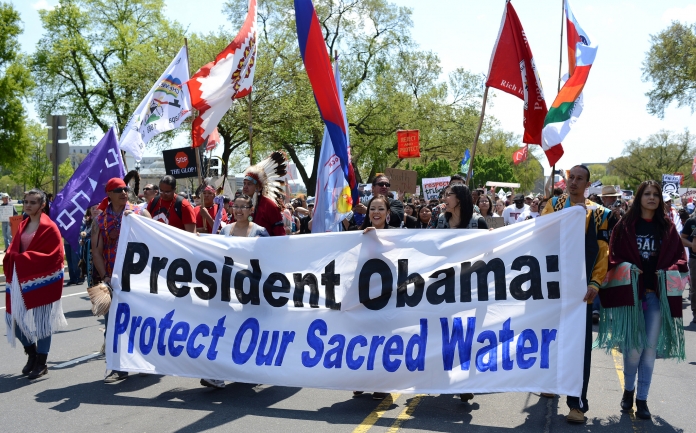 Native Americans Fight Keystone Xl S Impact On Tribal Lands
Native Americans Fight Keystone Xl S Impact On Tribal Lands

Comments
Post a Comment